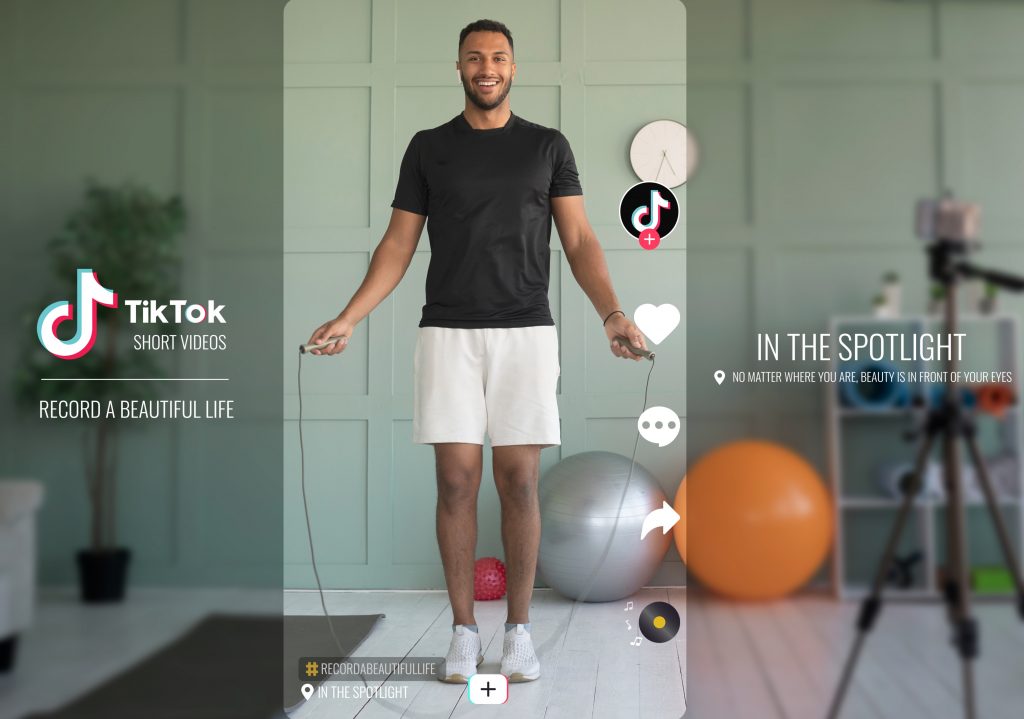Hail content marketing, which has killed the batch-and-blast email and introduced relevant content on relevant channels, creating complexity for commerce marketers. Matching content to the channel – for example, ensuring social content such as photos are reserved for Instagram – will resonate more with consumers, who seek different information and approaches on different channels. Confused? Start by asking your loyal customers where they’d like to see different types of offers and content. Don’t be tied to surveys – channels like Facebook and Twitter can support deeper engagement without tiring or alienating customers, as long as you tune the content to the attention span of the channel.
Q&A with Anna Pfeiffer
Scaling back. Does this mean shorter emails? Fewer emails?
I think that especially within the social space, fewer posts on certain networks. For example, not just posting the same content on all channels but saving photos for Instagram. Basically matching the appropriate content on each individual channel. You still have the same core content but the focus is just sharper. There’s the same idea with email in the sense of even less batch and blast. It’s about having content that is more relevant for an email. I see less crossover in using email to tell people to go to social networks whereas it was used in this way more frequently in the past.
Is there a level of complexity that can be beneficial?
That’s where creating more content specific to a channel applies. For example, a Facebook post on Instagram isn’t going to have the same ring. So, keeping up with enough content is a challenge but necessary to succeed within the channel. This could mean ramping up content for each channel or deciding which ones are not successful for your brand and scaling back content development. This adds a layer of complexity.
Are there steps marketers can take to find the right balance?
In general, gauge what your users want rather than just guessing. Reach out to your loyal customers and ask them what they want to see and what they are interested in. This can be balanced with the engagement data, but you could end up missing content that your best customers really want to see. This isn’t limited to surveys. Conversations and comments on these channels can get folks talking.
Also, follow your gut. Look outside of your brand to see how overall behaviors are shifting. Get a pulse of what people are into.
How should marketers handle pressure from other teams (like merchandisers) who want to feature more?
As much as I think you need dedicated resources for each channel, the result can have a siloed effect. There has to be a lot of cross team discussion so ultimately the team that oversees the strategy across all channels can help bring the best approach into focus. Understanding the big picture and how all channels fit into the brand is a necessary perspective. Too many people pushing in too many directions can lead back to messages that aren’t relevant to the channel or to the end-consumer.
Does this approach help engage the mobile audience?
Yes, it definitely does because when people are on their mobile devices, whether it’s email or a social network, their attention is that much shorter compared to the desktop (or even tablet) experience. You have less time to get the click-through so having a concentrated approach where the content is targeted to that channel is more likely to result in engagement. Think about how you choose to provide your video content. Are you posting a video on your site that is not in a mobile friendly format? Does it require that someone click through an email to your site to view? Having the correct formats for these devices and ensuring a seamless and functional experience will make or break the user’s interest.
Courtesy: Bronto



